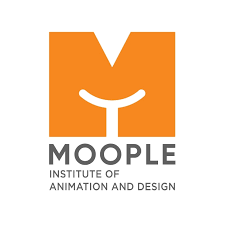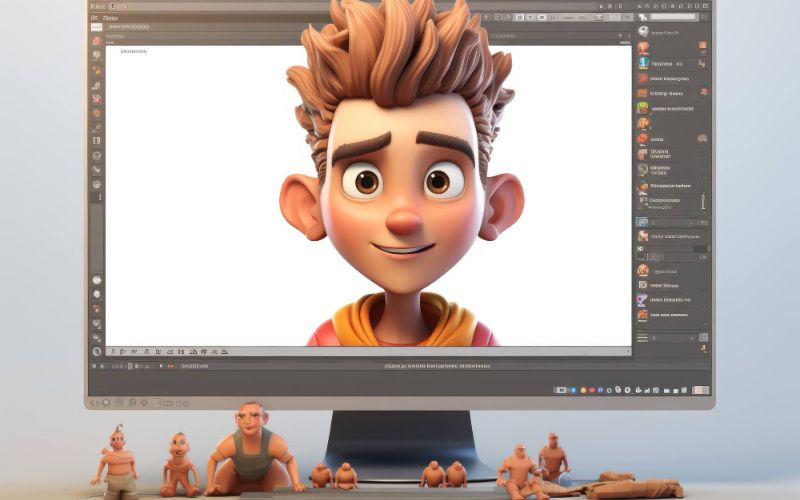Many start their journey in animation as a hobby, doodling characters or creating short animations. While this passion is a great foundation, transforming it into a professional career demands a strategic approach. Structured learning plays a crucial role in this transition. Enrolling in an animation course can provide essential skills, techniques, and industry insights, serving as a vital stepping stone toward achieving professional goals.
With the right education, aspiring animators can refine their craft, enhance their creativity and prepare for a successful career in the dynamic world of animation.
In this blog, we will look at how you can make that leap from hobbyist to professional animator.
Understanding The Fundamentals
One of the first steps in transitioning from hobbyist to professional is gaining a solid foundation in animation principles. While hobbyists may rely on instinct and trial-and-error, formal education provides structured learning. Animation courses typically cover essential topics such as:
- Principles of Animation
- Storyboarding and Scriptwriting
- Character Design
Industry-Standard Software
In today’s digital age, proficiency in industry-standard software is non-negotiable for aspiring professionals. Gaining familiarity with these platforms not only enhances your technical skills but also makes you a more attractive candidate to potential employers.
Learning software in a structured environment allows for:
- Guided Practice: Instructors can provide immediate feedback, helping you navigate challenges more efficiently than you might alone.
- Access to Resources: Courses often offer additional resources, such as tutorials, plugins, and assets, that you can use to expand your skill set.
- Networking Opportunities: Engaging with instructors and classmates creates valuable connections that can lead to collaborations or job opportunities.
Portfolio
A compelling portfolio is essential for any animator looking to enter the professional realm. Here’s how to build an impressive portfolio during your course:
- Diverse Projects: Engage in various assignments and projects that demonstrate different styles and techniques.
- Highlight Personal Projects: If you have personal projects that reflect your unique style or voice, include them.
- Seek Constructive Feedback: Use critiques from instructors and peers to refine your work. Understanding what works and what doesn’t will enhance the overall quality of your portfolio.
Practical Experience
Animation courses often include opportunities for practical experience, which is crucial for transitioning to a professional environment. Look for programs that offer:
- Internships: Many courses partner with studios or companies, providing students with internships that offer real-world experience.
- Collaborative Projects: Group projects simulate a professional environment where teamwork and collaboration are vital.
- Networking Events: Many animation courses host networking events, guest lectures, and industry panels.
Understanding The Industry
A significant part of transitioning from hobbyist to professional involves understanding the industry. An animation course can help you grasp:
- Career Pathways: From character animator to visual effects artist, the animation field is diverse. Courses often provide insights into various roles and the skills needed for each.
- Market Trends: Staying updated on industry trends and emerging technologies is crucial. Courses often include discussions about the future of animation and how to stay competitive.
- Freelancing vs. Employment: Understanding the pros and cons of freelancing versus working for a studio is vital.
Professional Development
Animation is a continually evolving field, and staying relevant requires a commitment to lifelong learning. Once you complete your course, consider:
- Advanced Courses: Pursuing advanced courses or workshops can help you specialize in specific areas, such as 3D animation, visual effects, or character rigging.
- Online Resources: Platforms like YouTube, Skillshare, and Coursera offer countless tutorials and courses that allow you to learn at your own pace.
- Networking: Stay connected with your classmates and instructors. Join professional organizations or online forums to engage with the animation community, share your work, and seek feedback.
Which Are Some Of The Best Animation Courses?
If you are looking for animation course in Kolkata then go for Moople Institute Of Animation and Design.
Why Choose Us for Animation Courses
1. Expert Instructors
2. Comprehensive Curriculum
3. Hands-On Experience
4. State-of-the-Art Facilities
5. Flexible Learning Options
6. Industry Connections
7. Personalized Support
8. Strong Alumni Network
9. Portfolio Development
10. Career Guidance
Conclusion
Transitioning from hobbyist to professional animator is an exciting journey that requires dedication, skill development, and strategic planning. By enrolling in an animation course, you can gain the essential knowledge, technical skills, and industry experience needed to succeed in this competitive field.

